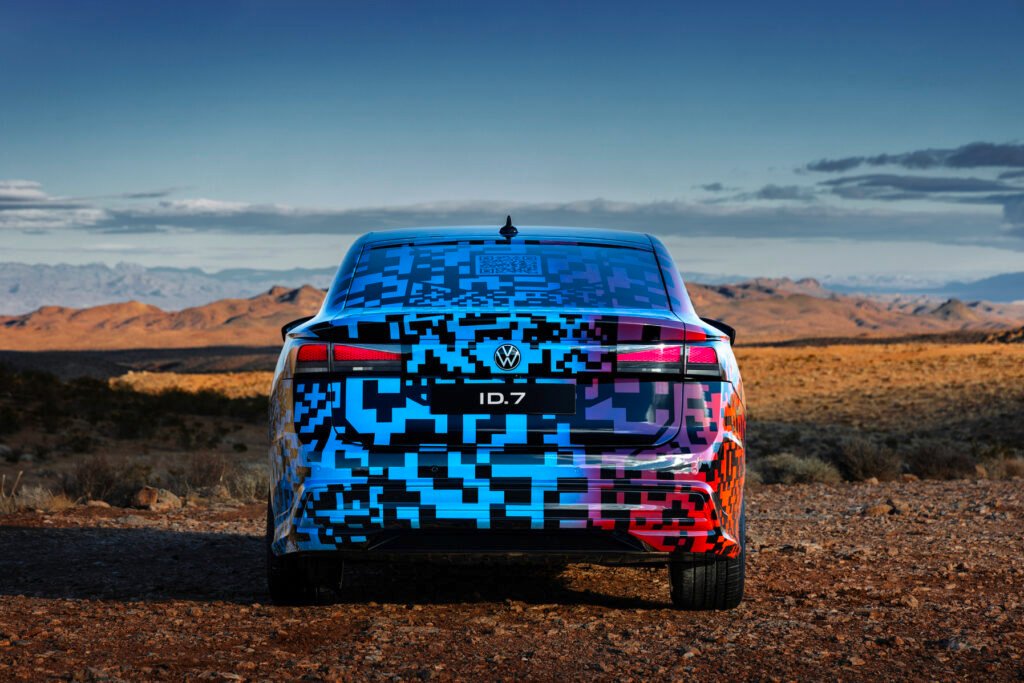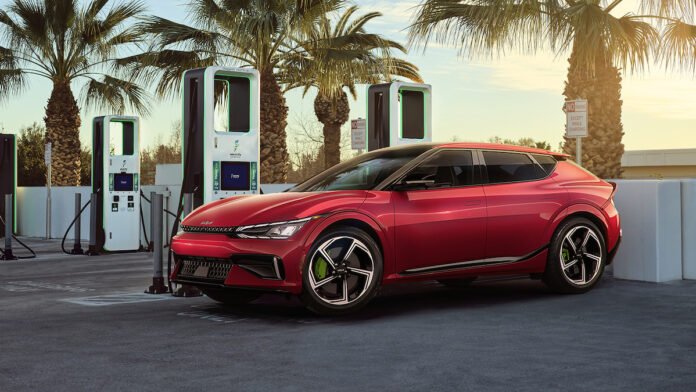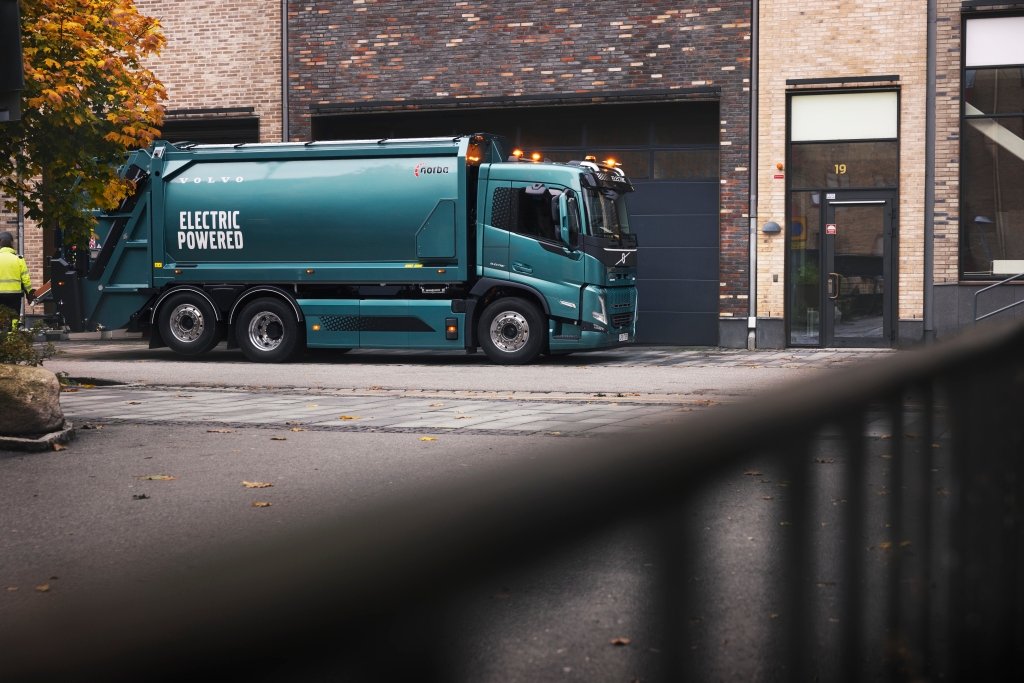PGT Trucking Inc., a multi-service transportation firm offering flatbed, dedicated, international and specialized services, announces the purchase of their first Nikola Tre battery-electric vehicle (BEV) semi-truck, becoming the first flatbed trucking company to actively grow its fleet with zero-emissions equipment. PGT will immediately utilize the Nikola Tre BEV on a select customer account, primarily operating on local, dedicated routes.
“Our customers have expressed a need for sustainable shipping solutions, and we are working to align ourselves with their green energy commitments. With the purchase of the Nikola Tre BEV, PGT is prepared to meet these demands,” stated Gregg Troian, PGT Trucking President. “PGT will continue to revolutionize the industry through the Future of Flatbed®, utilizing innovative technology and zero-emissions equipment to provide progressive transportation services for our customers, enhanced lifestyle benefits for our drivers and sustainable shipping methods for the environment.”
PGT’s new Research and Development Department, led by Laurence Cox, Vice President, Sustainability, has been tasked with analyzing and applying the company’s green fleet solutions, identifying additional short-haul usages for the battery-electric truck and exploring new initiatives to support its operation across multiple platforms.
Previously, PGT signed a letter of intent to lease 100 Nikola Tre fuel cell electric vehicle (FCEV) trucks, and PGT’s R&D Department will help prepare for the full integration of these units into PGT’s fleet, which are anticipated to arrive later this year. With the addition of the new zero-emissions equipment, PGT is on track to reach its sustainability goal, reducing carbon emissions from its company-owned fleet by 35% by the year 2025.
“This is a tangible example of how PGT is shaping the Future of Flatbed in the transportation sector, solidifying our commitment to our customers’ sustainability goals,” stated Cox. “We are excited to put our Nikola Tre BEV to work, further refining the application of this advanced equipment through our R&D department.”
PGT’s Future of Flatbed Fleet, which consists of the company’s most elite drivers, will be the first to drive the Nikola Tre BEV, working with PGT’s R&D Department, dedicated partners and customer representatives to haul flatbed loads in real world scenarios. The drivers were selected during an extensive application process and prepared for their roles by receiving advanced training on the equipment, attending product development meetings and participating in pilot programs.
“PGT’s decision to place a Nikola Tre BEV immediately into operation is telling of their commitment to drive forward their ambitious corporate sustainability initiatives today,” said Nikola Corporation President and CEO, Michael Lohscheller. “We are extremely proud to partner with another well-respected industry leader by providing progressive zero-emission transportation solutions that are intended to improve safety, reduce costs and CO2 emissions, and improve overall total cost of ownership.”
About PGT Trucking:
PGT Trucking, Inc. is a multi-service transportation firm offering flatbed, dedicated, international and specialized services. PGT is the leader in progressive freight transportation and fleet evolution, exceeding customer expectations with a strong focus on the Future of Flatbed®. At PGT Trucking, “Safety is Everyone’s Job – All the Time.” Visit www.pgttrucking.com.

























